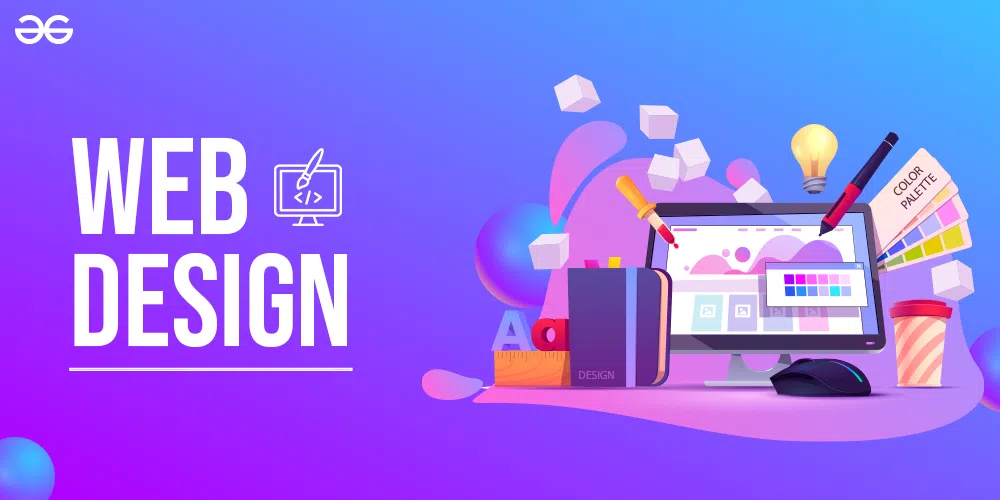Customized Web Design in Penang for Special and Receptive Web Sites
How Responsive Website Design Influences User Experience Across Tools
Responsive internet style plays a crucial function in forming individual experience throughout a wide range of devices, as it enables web sites to fluidly adjust to varying display sizes and resolutions. Understanding these interconnected elements raises crucial concerns concerning how businesses can utilize responsive layout to maximize customer interaction and satisfaction.

Significance of Responsive Style
As customers increasingly gain access to web sites on a variety of devices, the significance of receptive design ends up being vital. Receptive style guarantees that a web site's format and content adapt flawlessly to various display dimensions, alignments, and resolutions (Web design in Penang). This flexibility is crucial in today's digital landscape, where individuals engage with content on smartphones, tablet computers, laptop computers, and desktop computers
The importance of responsive style expands past simple looks; it improves usability and ease of access, supplying customers with a consistent experience despite the device utilized. A well-implemented receptive design minimizes the demand for individuals to zoom or scroll excessively, improving navigation and improving total contentment.
Furthermore, responsive style is important for search engine optimization (SEARCH ENGINE OPTIMIZATION) Internet search engine, such as Google, focus on mobile-friendly websites, meaning that a responsive site is more probable to rank greater in search engine result - Web design in Penang. This not only raises visibility but likewise drives website traffic and engagement
Advantages for Mobile Users
Mobile users experience distinctive advantages when interacting with receptive sites. Mostly, these websites are developed to adapt flawlessly to different display sizes and orientations, ensuring an ideal viewing experience no matter of the tool in use. This flexibility boosts functionality, permitting individuals to navigate via content easily without the requirement for excessive scrolling or zooming.
Additionally, responsive design removes the irritation of encountering non-optimized sites that may lead to altered designs or missing capabilities on mobile devices. Customers profit from a regular interface, which cultivates familiarity and decreases cognitive load, allowing them to focus on their tasks rather than battling with navigating.
Additionally, receptive web sites improve availability by incorporating touch-friendly components, such as larger buttons and streamlined food selections, which provide particularly to mobile interactions. This listening to mobile individual experience not only boosts customer complete satisfaction but additionally encourages longer engagement, as site visitors are much more likely to stay on a site that is simple to utilize.
Eventually, the advantages of responsive website design for mobile individuals add to a more pleasurable and efficient browsing experience, strengthening the significance of adopting this method in today's multi-device landscape.
Influence On Packing Rate
The influence of receptive website design on filling rate is an essential consider enhancing user experience across gadgets. With the raising reliance on mobile phones for net gain access to, users anticipate websites to pack go to this site rapidly, despite the platform being used. Receptive internet layout maximizes images and content for various display dimensions, making certain that just the necessary components are filled based on the device's capacities. This technique significantly minimizes the quantity of information transferred, news ultimately boosting loading times.
In addition, responsive design practices commonly include making use of flexible grids and layouts, which adapt to different display resolutions. This flexibility decreases the requirement for excessive resizing or reloading of web pages, additionally improving rate. Search engines like Google focus on fast-loading sites in their positions, making receptive style not just a user-centric option but likewise a crucial element for search engine optimization.
Nonetheless, it is important to keep in mind that inadequate application of receptive style can lead to bloated code and unnecessary elements that might prevent loading rate. As a result, careful planning and execution are important to fully leverage the benefits of responsive website design in optimizing filling rate and, consequently, user experience across all tools.
Boosted Navigating Experience
Exactly how can receptive web style change the navigation experience for users? Receptive website design boosts navigation by ensuring that menus, buttons, and links adapt perfectly to different display sizes and positionings. This versatility is essential as users significantly access internet sites from a diverse selection of tools, varying from smart devices to tablets and desktop computer computer systems.
Responsive designs prioritize user-centric navigation by streamlining accessibility to vital web content. Hamburger food selections, which are compact and expanding, enable for effective use of room on smaller sized screens, minimizing clutter while preserving ease of gain access to. This structured technique not just help in usability but likewise enhances overall involvement, as customers can rapidly find info without unneeded scrolling or looking.

SEO Advantages of Responsiveness
Responsive website design offers considerable search engine optimization advantages that can enhance a web site's visibility and position in online search engine results. Among the main advantages is the combination of URLs. A receptive website utilizes a solitary link for both desktop and mobile versions, which simplifies the indexing process for online search engine. This stays clear of possible duplicate content problems that can emerge from maintaining separate Links for various devices.
In addition, Google focuses check this site out on mobile-friendly websites in its rankings, making responsiveness a vital aspect in seo approaches. The mobile-first indexing technique adopted by Google means that the mobile variation of a website is taken into consideration the primary version, further stressing the significance of a receptive style.
Enhanced individual experience, a natural end result of responsive style, additionally adds to search engine optimization performance. When customers find it much easier to browse an internet site, they often tend to stay longer and involve even more, which can decrease bounce prices and signal to online search engine that the content matters and valuable.
Verdict
In final thought, responsive web layout plays an important role in improving individual experience across various devices. The benefits expand beyond individual complete satisfaction, as a receptive design additionally contributes favorably to search engine optimization initiatives.